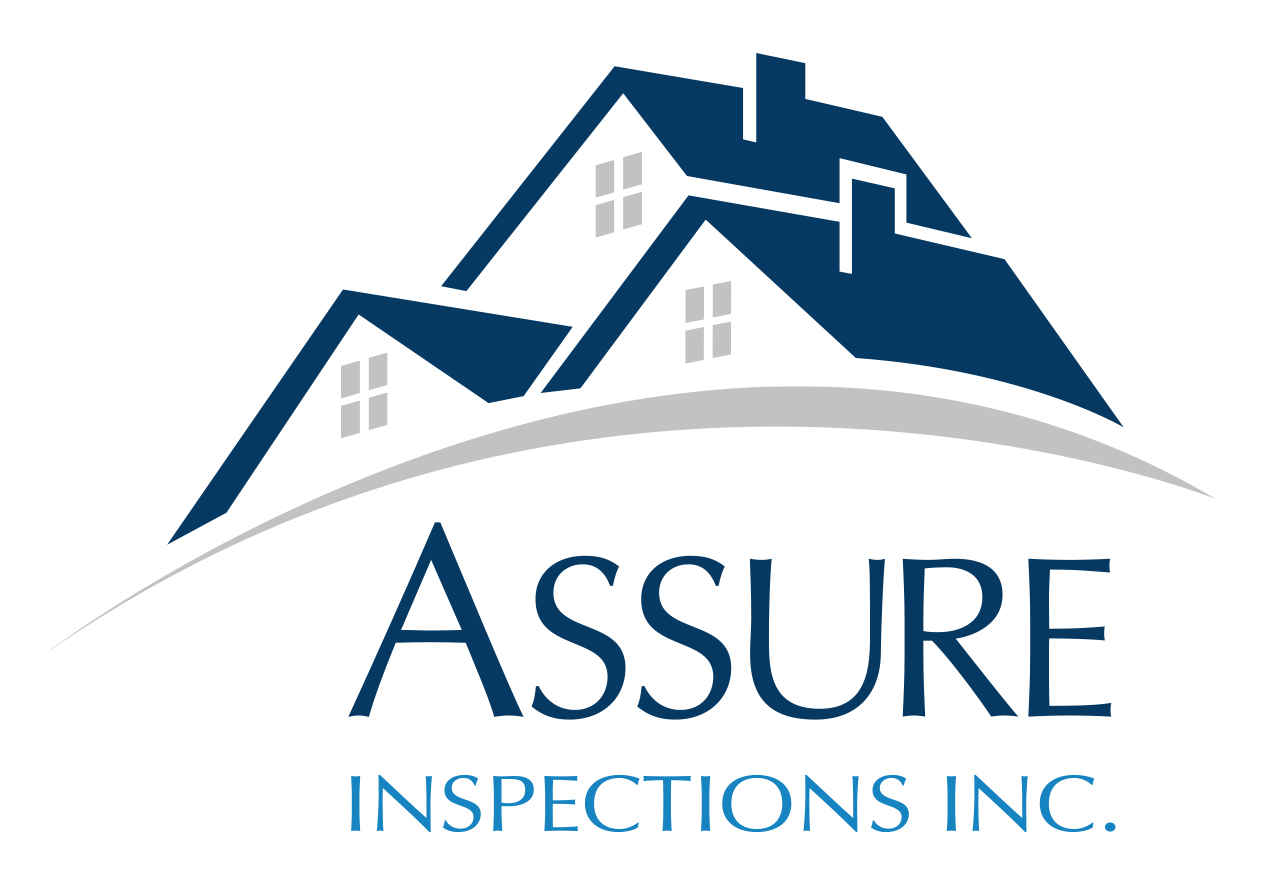Radon is a naturally occurring radioactive gas found in soil and rock. It has no smell or color, making it impossible to detect without proper testing. It can enter buildings through foundation cracks, sump pits, plumbing gaps, or other openings, and once it’s inside, it can accumulate to dangerous levels, especially in basements and lower levels with poor ventilation.
Extended exposure to high levels of radon increases the risk of developing lung cancer. In fact, radon is the second leading cause of lung cancer in North America, after smoking. Because it doesn’t produce immediate symptoms, the only way to know if your home or building is affected is through regular testing.
Radon Can Be Found Anywhere
Radon isn’t limited to one region. It can be a problem in rural, suburban, and urban areas alike. Factors like soil composition, natural uranium deposits, and construction practices all play a role. Even neighboring homes can show drastically different radon levels depending on how each structure interacts with the ground below. That’s why testing is recommended regardless of location, home age, or foundation type.
How Radon Testing Works
Testing for radon is quick and noninvasive. Most short-term tests take about 48 hours and use continuous radon monitors or electret ion chambers. These devices are placed in the lowest livable area of a home and left undisturbed during the testing period. Once the test is complete, results are typically available the same day. If radon levels are at or above the recommended action level of 4.0 picocuries per liter (pCi/L), mitigation is advised. Even moderate levels may be worth addressing, especially if the home has children, seniors, or people with respiratory issues.
When to Test for Radon
There are a few key times when radon testing makes sense:
-
During a real estate transaction (buying or selling)
-
After major structural or foundation work
-
After installing a mitigation system (to confirm results)
-
Every couple of years as part of regular maintenance
Radon levels can fluctuate with seasons, weather, or changes to a building’s ventilation, so periodic testing is the best way to ensure ongoing safety.
What Radon Mitigation Involves
If testing reveals elevated radon levels, a mitigation system can be installed to reduce indoor concentration. The most common and effective method is sub-slab depressurization, which draws radon gas from beneath the foundation and vents it safely outside above the roofline using a fan and pipe system.
A properly installed mitigation system can significantly reduce radon levels, often within 24 hours. Once in place, these systems run quietly, require minimal upkeep, and usually include long-term warranties. Follow-up testing confirms effectiveness.
Why Testing and Mitigation Matter
Radon exposure is preventable. Testing is the only way to know if a home, school, or commercial property is affected. Without it, a serious health hazard could go unnoticed. Radon mitigation systems are effective, affordable, and unobtrusive. In many places, real estate contracts already include radon testing as part of the inspection process.
Protecting indoor air quality should always include radon awareness. Testing and mitigation are simple steps that make a lasting difference.
FAQs
How often should radon testing be done?
Every two years, or after major renovations or structural work. Also, before buying or selling a property.
Is radon only a problem in homes with basements?
No. Radon can enter any building with ground contact, including those built on slabs or with crawlspaces.
Can every home be fitted with a mitigation system?
Yes. Licensed professionals can design systems for most building types, based on the specific foundation and layout.
What’s considered a safe radon level?
The EPA recommends mitigation at or above 4.0 pCi/L. Lower levels may still present some risk, depending on health conditions and usage.
Assure Inspections Inc. offers home inspection services in the Chicago area. If you’re buying or selling a home, contact us to request an appointment.

